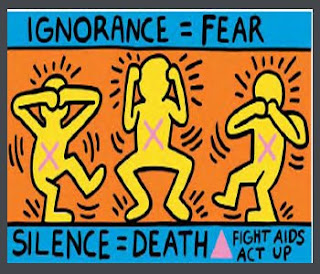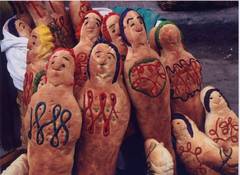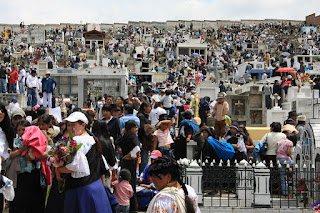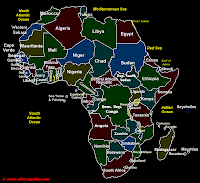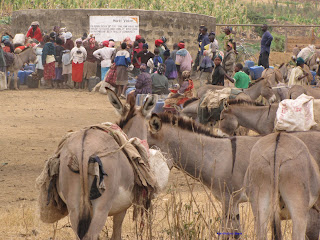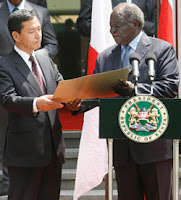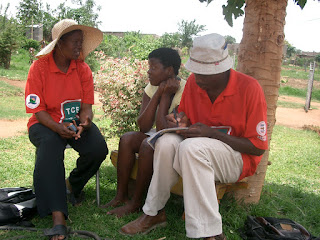Buenos dias, Buenas, Hola, are words casually thrown your way as you walk around Quito, often times not within the city, but around it. Come to think of it, this may not be as casual since greeters always spare moments to catch your eye. The complete opposite of Toronto, where one of the first lessons I learnt was to as much as possible avoid eye contact with strangers.
So, here I’m in Quito, learning again how to greet strangers, and even go further with new acquaintances where a double peck on the cheek is the norm. I lost this great way of connecting with strangers after immigration. Torontonians are generally very physically distant. They might shake your hand and occasionally give you the curt smile, and will probably go further and say a word or two if you’re walking a pet or carrying a baby. Even neighbours often opt for the wave.
Here I’m
Afro, yeah that’s what Ecuadorians call black people and people of African descent. I really like the title because it sounds so relevant and even more so for the fact that I now mostly spot an afro, as I haven’t yet found someone to braid my hair. I also haven’t seen a single
Afro with permed hair!
Last week, I attempted my first bus ride into Quito, alone, and none of the people I know thinks that was a good idea. Apparently there are as many pickpockets as there are passengers, if that’s even possible. At this I tell people that I’ve been through the
“School of Life of Nairobi, Durban and Johannesburg” and can generally apply safety measures. The buses are pretty clean, very inexpensive (USD 0.25 for a single ride) and the music played at a normal volume. What worried me was the break-neck speed the bus travelled at, through the snaky, winding hills.
Interestingly although unspoken, in many cases it’s okay to be late, fashionably late at least. And while making an appointment, I’ve learnt to ask,
“Three o’clock normal time or Ecuadorian time?” It’s like that “African time” thing.
Here, guys are not discreet about admiring a woman. Though annoying, I’m not bothered any more when guys hoot or whistle at me. It means they are appreciating what they see. It’s very cultural. I recently complained to my 60 year old friend about this habit, and her comment was, "enjoy the attention, it stops".
Unbelievably, people here still do ask for and get rides from strangers. Although I’ll not be accepting any such rides, it’s nice to see that in a city that is not left out of crime circles, some amount of trust still remains.
I know now that although this is a very free society, it is also very formal in an odd way. Titles are very important here. If you’re not addressing people in relation to their marital status (senor, senora, senorita), then it’s always their education. We have that in Kenya too particularly with doctors/professors. The difference here is that even lawyers, journalists and architects go by their titles. And when you look deep into this, it’s a carryover habit from colonial times thus a big class marker.
Remember lunch hour[s] for workers, I lost that in Canada where lunch hour is either half hour or 15 minutes often spent eating at your desk. The lunch hour in Quito runs anywhere between one to two hours, this seems to me like half a day. But, this is a downside when you are being attended to and those serving you expect you to take a break as well. For instance, that same day I took a bus into Quito, I was going to have some paper work done. Come 12:30 PM, the guy serving me looked at his watch, said it was lunchtime and I should come back after two hours. He only needed 10 minutes more to finish with me and I couldn’t persuade him to delay lunch.
Of all my re-education, I am particularly glad that this is a rather relaxed, laid back culture - no rush except with drivers. This is very meaningful to me because although I am not a nervous person, my family has complained that since emigrating, I have become a tad bit “uptight and rushed”. Like excess weight, this is a description I seriously want to shed, and thus as I go along, I’m working to adopt and enjoy the Ecuadorian pace.
